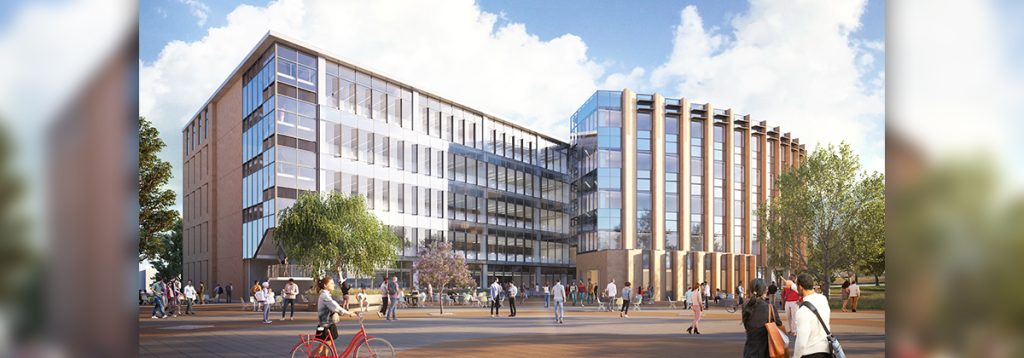“A research team led by the University of California, Irvine has created 20 new recombinant rabies viral vectors for neural circuit mapping that offer a range of significant advantages over existing tools, including the ability to detect microstructural changes in models of aging and Alzheimer’s disease brain neurons.
The study published today online in the journal Molecular Psychiatry, introduced proof-of-concept data demonstrating the power of these new vectors, which express a range of improved fluorescent proteins to provide expanded multi-scale multi-modal capabilities. Naturally occurring rabies infections target the nervous system. Scientists harnessed this tendency to create engineered forms of the rabies virus that are coupled to sensors and other payloads – for example, some respond to light by turning bright green and act as tracers that map brain circuits.
‘Viral genetic tools are critical for improving anatomical mapping and functional studies of cell-type-specific and circuit-specific neural networks,’ said Xiangmin Xu, co-corresponding author and UCI Chancellor’s Professor of anatomy & neurobiology and director of the Center for Neural Circuit Mapping. ‘These new variants significantly enhance the capability and reach of neural labeling and circuit mapping across microscopic and macroscopic imaging scales and modalities, including 3D light and X-ray microscopy. We will make these new tools readily available to the neuroscience community through our established service platform at the CNCM.'”
Read more here: UCI News


